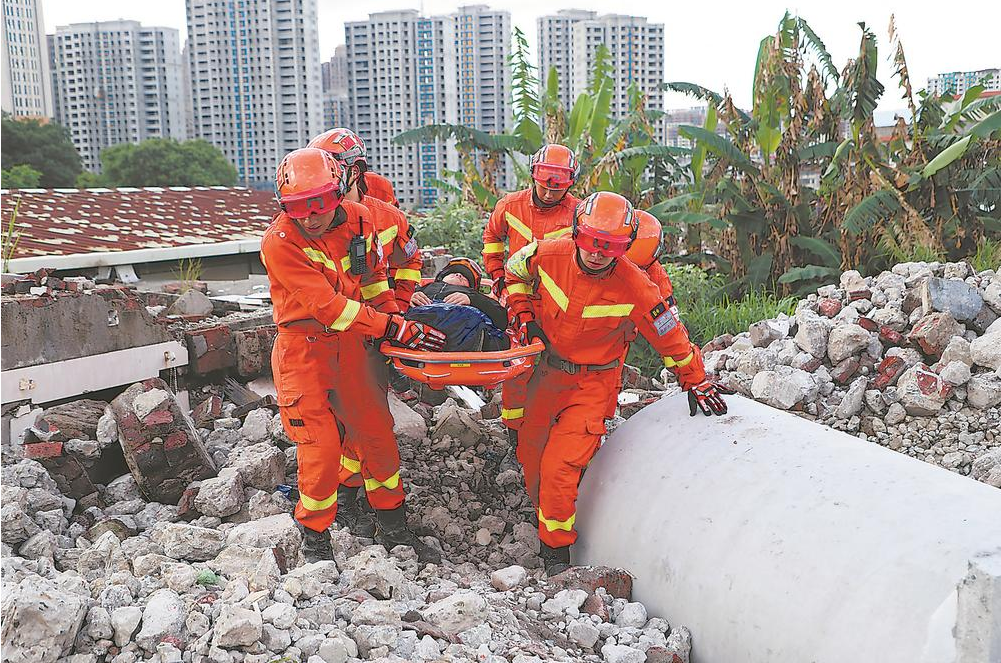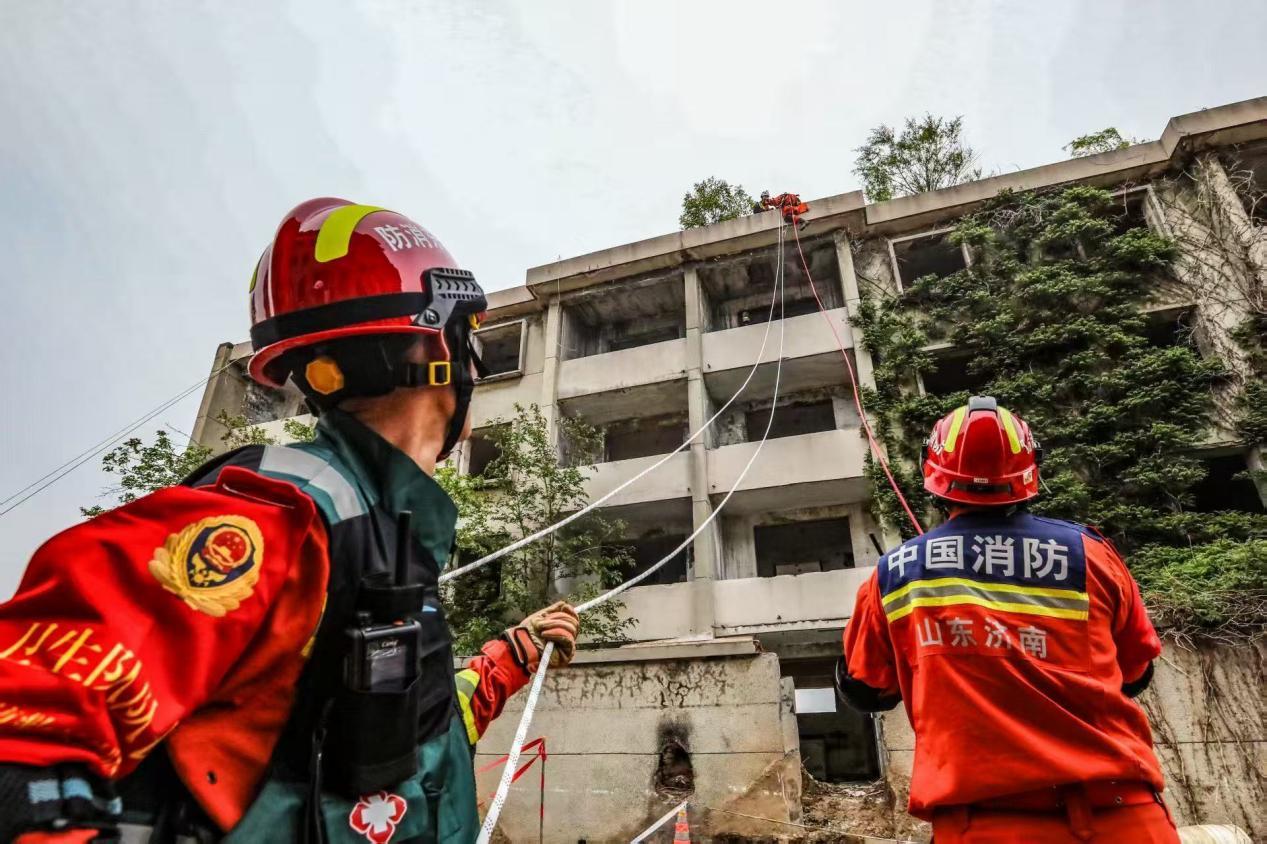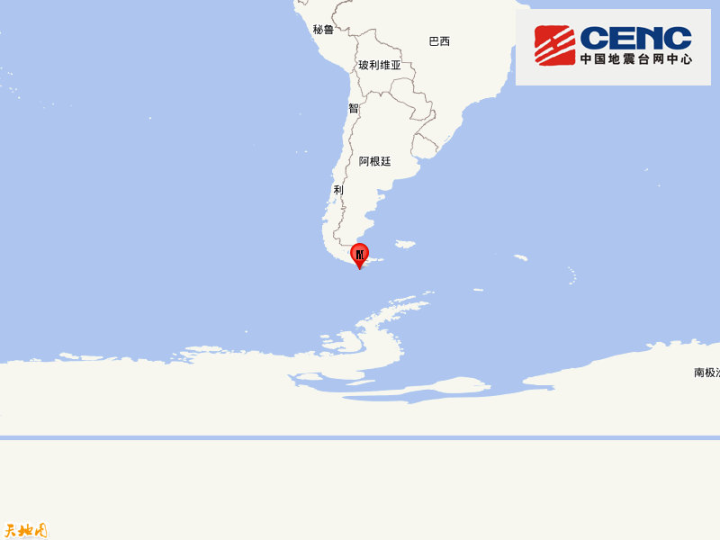
Contact Information
Phone:86 010-51284966
Phone:86 18518110097
E-mail:bjsbl_sale@163.com
Address: Room 403, Building B, Xinhua International Center, Huaxiang, Fengtai District, Beijing
Earthquake Emergency Science Popularization | Calmness and Correct Risk Avoidance are Key
2025-03-28
Earthquake Emergency Science Popularization | Calmness and Correct Evacuation are Key
CCTV News: Earthquakes often strike suddenly. How can we scientifically take shelter at the first moment? What emergency preparations should we make in our daily lives to reduce the impact of earthquakes?
Experts suggest that when an earthquake occurs, the first thing to do is to remain calm and quickly assess your location and the intensity of the shaking. If you are in a single-story house or on the first floor of a building and outdoors is relatively open, you can quickly run outside to take shelter. If you are on the second floor or above of a building and the indoor shelter conditions and building quality are good, you should prioritize immediately taking shelter indoors in a small room with load-bearing walls or supports, such as a bathroom, storage room, or toilet, or next to sturdy furniture such as a table, bed, coffee table, or sofa, using the triangular space formed by the objects to minimize your body's exposure and protect your head and neck with clothing or pillows. Remember not to run to the balcony or climb out of the window in a panic. High-rise residents should also not use the elevator to escape.
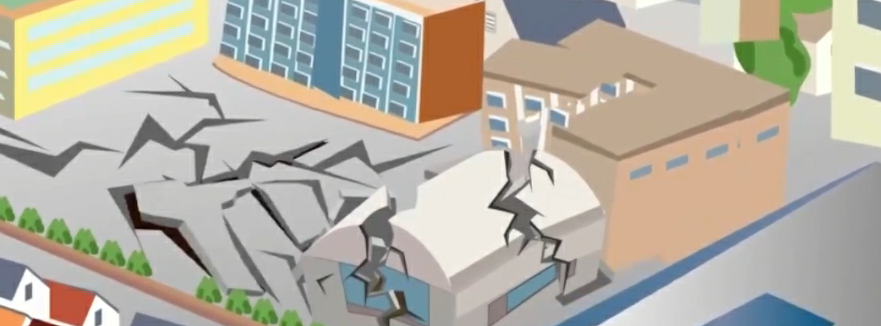
If you are outdoors when an earthquake occurs, quickly move away from tall buildings such as buildings, overpasses, pedestrian overpasses, and tall chimneys, away from dams, cliffs, narrow streets, and dilapidated houses. Pay special attention to avoiding high-voltage lines and utility poles to prevent electric shock, and do not stay near warehouses containing flammable or explosive materials.

Experts remind us that we should also keep an earthquake emergency safety kit at home. The emergency kit should contain four categories of items: food and drinking water that can be stored for a long time, common medicines such as band-aids, cotton balls, and masks, emergency tools such as a flashlight, whistle, and safety rope, and important documents and cash. These important emergency supplies should also be regularly checked and replaced, and placed in the safest and most accessible place in the house so that they can be used in a critical moment.
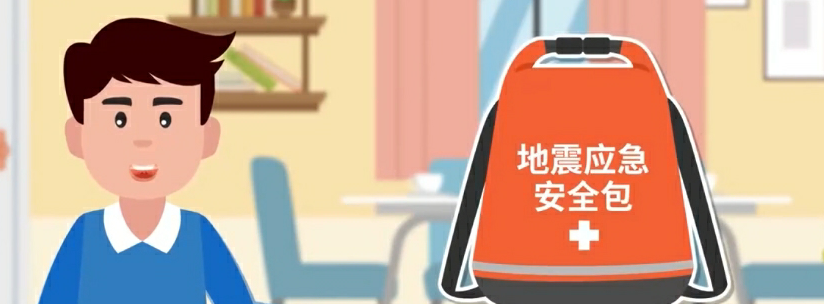
Source: CCTV News Network If there is any infringement, please contact us to delete


